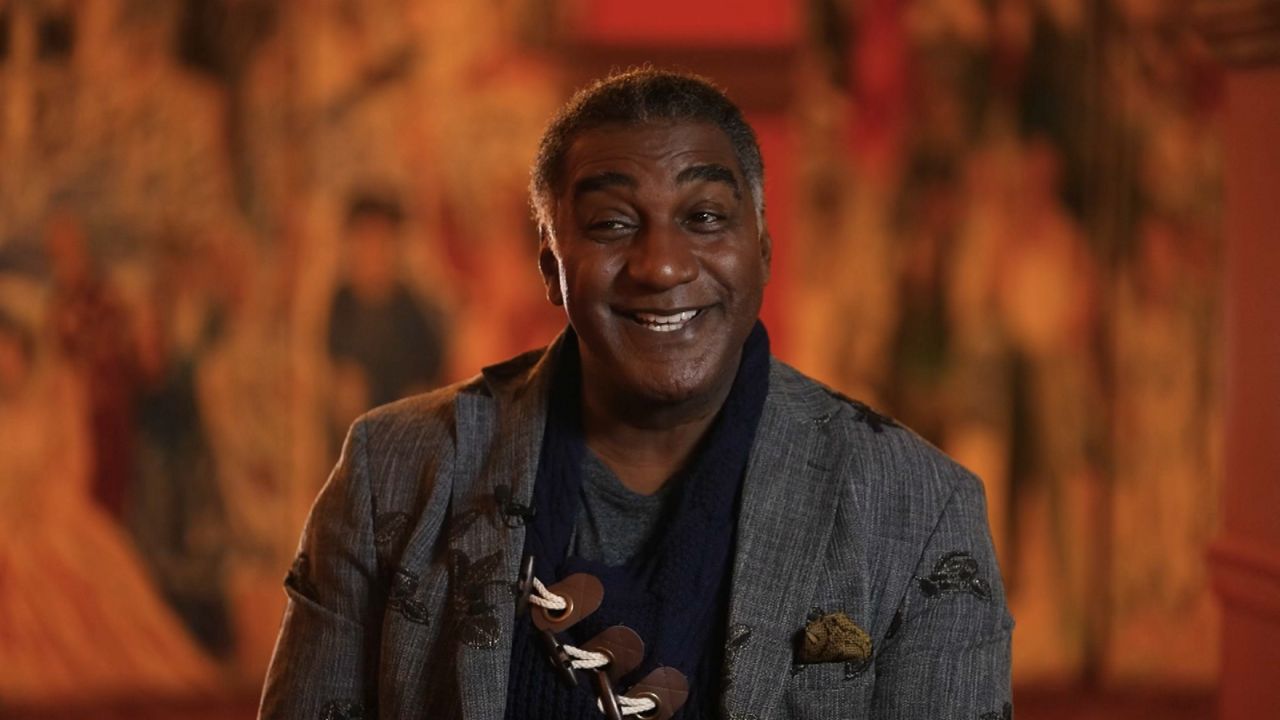You might not recognize Rodney Gordon, but there’s no doubt you are familiar with his work.
“I never boasted about it, I think a lot of people didn’t even know that I did it that for years, they would just see something in the shop from that and say, oh you do that, I’ve always done that,” Gordon said.
Gordon is the milliner, maker of hats and headdresses, that has been crafting the Phantom’s mask on Broadway for 35 years. The mask itself was developed before it came to Broadway, designed by the show’s late scenic and costume designer Maria Bjornson, the mask brought over from London by the original Phantom, Michael Crawford.
“They gave me one of his old ones for me to copy, and that’s how it started. We made a mold from that, and copied it, and then Maria over the years kept changing it and developing it,” he said.
Including hollowing out the cheek, refining nose, Gordon says Bjornson had asked the nose to look more like her own nose, and the eyebrow also changed.
“It originally didn’t have any kind of [a] raised eyebrow at all, it was just sort of a flat surface. But you can see the difference in the two eyebrows here. And I think the eyebrow changed five times?” he noted.
Gordon has fitted many a Phantom backstage at the Majestic Theatre to make a template for the mask, made from vacuum forming plastic, a leather lining inside, and a wire to make sure it stays on the actor during performances.
“Sometimes you just do it and it’s perfect and there’s no adjustments to it, it’s quick and easy and sometimes it’s not, it’s not working right, and sometimes it’s the person is not used to it or something is different about the mold,” he said.
Gordon says every Phantom received at least two masks when they were hired. Those sometimes need to be replaced because, like anything, they break from time-to-time.
“One got stuck, the wire got stuck in the light socket in the dressing room, you know the mirror sockets, and it blew out the lights and snapped the wire in two,” he said.
Gordon allowed Roger to try on one of the masks he has made over the years, which theatre fans have probably noticed is different from the iconic mask used in the musical’s ad campaigns and branding over the years. How did that happen?
“The poster it’s cut across here and it has both eyes. This is totally different. I don’t think the poster has eyebrows either,” he said.
Nick Pramik is co-founder of RPM, a live entertainment and arts ad agency that has worked on Phantom for about three and a half years, including during its relaunch from the pandemic shutdown.
“It was designed by a man named Anthony Pagieri who was a legendary theatrical ad guy, his agency was called Dewynters, based in London, they still work with Andrew Lloyd Webber and Cameron Mackintosh on their shows, and that’s why the mask looks different than the one that the Phantom wears in the show, because it was designed even before the show was designed,” Pramik said.
Pramik says the mask is a rare gift for Broadway, one of the few images that immediately announces what the show is...
“The phantom mask as it’s used in advertising its such a rarity for a Broadway show because you don’t need anything else around it to understand exactly what it is, you don’t need the title of the show next to it, you don’t need a pithy tagline to go along with it, you just look at that mask and anyone in the world knows exactly what it is,” he added.
That mask helped launch a legendary brand like no other. This mask, Gordon says, led to a long and successful career designing on Broadway. Ironically, he mainly focused on operas.
“I certainly learned a lot on that show when I first did it. Like I said, I had worked on several broadway shows but not that large and not on my own. And it was a huge learning experience for me, but it was good,” he said.
And even though this historic run on Broadway is ending, there’s no doubt the mask will live on forever, as a symbol of this show, and the magic of theatre and Broadway.









